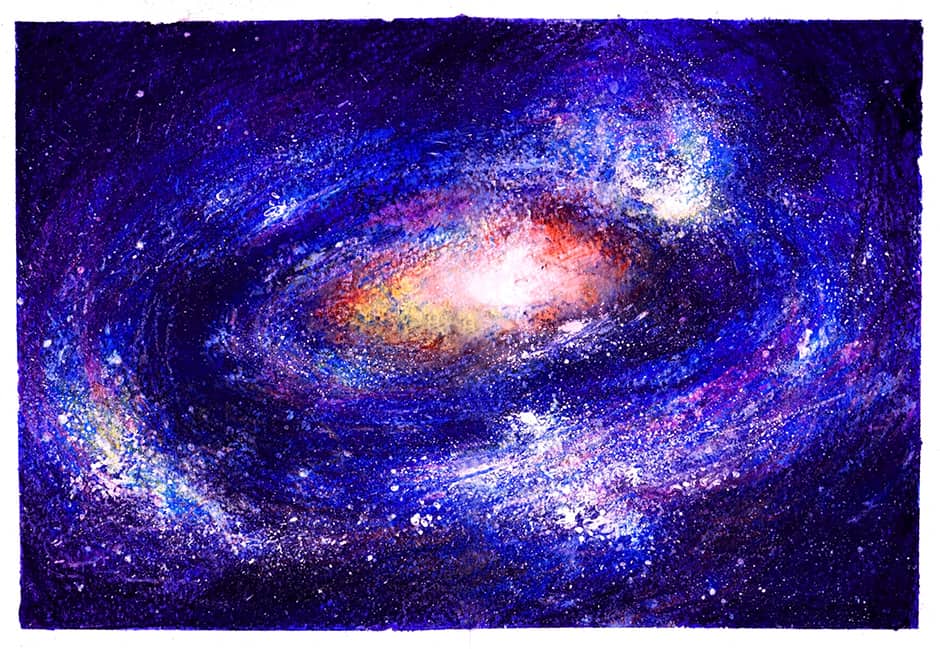Of all the strange and mysterious objects that astronomers study, some of the strangest can be found in the very heart of our galaxy, near the black hole around which the Milky Way revolves. A recently published article in the Astrophysical Journal may be able to shed some light on the nature of one of these unusual objects in the galaxy’s darkest and most obscured neighbourhood.
The object, which was dubbed “G2” when it was first discovered in 2012, was previously believed to be a molecular hydrogen cloud in orbit around the black hole. To the anticipation of astronomers all over the world, it was expected to fall into the black hole this summer. Yet despite these predictions, G2 remained in orbit.
Ever since this misbehaviour, astronomers have puzzled over an alternate model for what the object might look like, always taking into account the potential influence of its supermassive neighbour. The colossal mass of the black hole is estimated to be equivalent to four million times that of our sun. Due to the effects of the incredible gravitational forces exerted by this ultra dense object, stars, gas clouds, and other astronomical bodies can move at speeds far faster than almost anywhere else in the galaxy, causing all kinds of unusual things to happen.
“The gravity of the black hole causes objects to move really fast,” says Dr. Tuan Do, a researcher at the Dunlap Institute for Astronomy and Astrophysics. “In fact this object, G2, was moving at over 2,000 kilometers per second… that’s almost one per cent the speed of light, which is much, much faster than anything we would see [normally],” he adds.
According to the newly published research, there are two new leading models for what the true nature of G2 might be.
It could be that the object is a young, newly formed “proto-star,” obscured from our vision by the remainder of the dust and gas cloud from which it was born.
Alternatively, the object could be a recent merger of what is called a “binary” star system. Normally, in a binary star system, the two stars from which the system is composed would orbit around each other forever due to their gravitational stability. But in an area of highly dynamic stellar activity, such as near a black hole, any of the rules that stars regularly abide by can easily be broken.
“A lot of stars are binaries in the universe, so in the galactic centre [there are] probably lots of binary stars, and their interaction with the black hole and other stars near it sometimes will cause the binary separation to get smaller.” Do says, adding, “Sometimes the binary separation will get small enough that the two stars will essentially touch, and form one star.”
Although the astronomical community missed out on the fireworks that they were expecting to see when G2 was supposed to fall into the black hole, Do is excited about the prospects of the resulting turn of events.
“I think the fact that it might not be a gas cloud isn’t that disappointing because this might be a new class of objects that we can study at the center of the galaxy,” he says, adding, “it could potentially tell us a lot about how stars behave over time near black holes.”
Although normally everything in the universe moves very, very slowly, due to the fast-paced nature of the location of G2, the answers that Do and his colleagues are still seeking may be on their way quicker than most other astronomers could hope for.
“Right now it’s a little hard to say definitely whats going on. I think it’ll probably take a few more years to look at how this object changes over time,” Do says.


